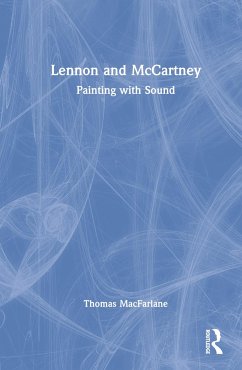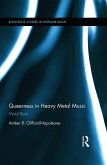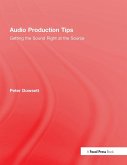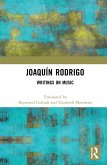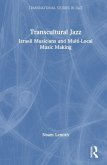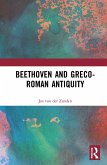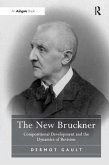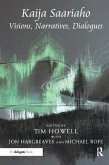Lennon and McCartney: Painting with Sound explores the work of two of the most influential composers of the twentieth century. Five decades after the breakup of the Beatles, the music of John Lennon and Paul McCartney continues to fascinate and inspire. Evidence suggests that their uniquely eclectic approach can be traced back to the Liverpool College of Art. Following on that idea, this book explores the creative dialogue between John Lennon and Paul McCartney, both with the Beatles and on their own, that grew out of that early influence. The book is presented in three sections: I. Stretching the Canvas considers the Liverpool College of Art as the backdrop for John and Paul's early collaborations with painter and musician Stuart Sutcliffe. This is followed by discussions of select works created by the Beatles between 1962-69. II. Extending the Space focuses on the long-distance creative dialogue between Lennon and McCartney as demonstrated in their respective solo recordings of the 1970s. III. New Colours considers the final works of the Lennon and McCartney creative dialogue as well as various McCartney solo projects released in the years that followed Lennon's death in 1980. Here, the focus is on Paul's development as a painter, its effect on his creativity, and his subsequent efforts to establish the Liverpool Institute for Performing Arts as a world-class arts conservatory.
Hinweis: Dieser Artikel kann nur an eine deutsche Lieferadresse ausgeliefert werden.
Hinweis: Dieser Artikel kann nur an eine deutsche Lieferadresse ausgeliefert werden.
'Every page is teeming with info carefully woven into an enjoyable narrative. After reading this I feel I have lived through every song with them - I was a "fly on the wall" of the Beatles' studio-as-workshop gallery from 1963 to today. Painting With Sound is an enjoyable mix of fact and the creative impulse. Looking at the intricate balances of songwriting techniques (tension, release, contrast, transition, atypical melodic/chordal choices) chosen to serve naked emotion and aligned with a germinating idea in the Beatles' music, we begin to see what makes our typically casual listening experience special.
If the Beatles helped change the way we think about music, Painting With Sound helps us change the way we think about the creative process in general. The many influences that shaped the Lennon-McCartney aesthetic so thoughtfully described herein (visual, cinematic, poetic, literary) widen our appreciation of every artist and the influences they each undoubtedly encounter.'
Sonny Kompanek, Brooklyn College, City University of New York
'This book revisits the connections between art schools and 1960s British pop music from a too often neglected perspective in popular music studies-namely music analysis. Building on "the notion that a music recording is essentially a hybrid art form comprising traditional musical elements and spatial effects generated by electronic means," MacFarlane uses what he calls songscape analysis to shed new light on Lennon and McCartney's creative process. By the same token, he shows how the latter process was shaped by their interest in art from the Beatles through their solo careers, offering an innovative and refreshing approach to the work of two songwriters whose output has been covered in so many books and essays over the past 60 years.'
Olivier Julien, Sorbonne Université
If the Beatles helped change the way we think about music, Painting With Sound helps us change the way we think about the creative process in general. The many influences that shaped the Lennon-McCartney aesthetic so thoughtfully described herein (visual, cinematic, poetic, literary) widen our appreciation of every artist and the influences they each undoubtedly encounter.'
Sonny Kompanek, Brooklyn College, City University of New York
'This book revisits the connections between art schools and 1960s British pop music from a too often neglected perspective in popular music studies-namely music analysis. Building on "the notion that a music recording is essentially a hybrid art form comprising traditional musical elements and spatial effects generated by electronic means," MacFarlane uses what he calls songscape analysis to shed new light on Lennon and McCartney's creative process. By the same token, he shows how the latter process was shaped by their interest in art from the Beatles through their solo careers, offering an innovative and refreshing approach to the work of two songwriters whose output has been covered in so many books and essays over the past 60 years.'
Olivier Julien, Sorbonne Université

